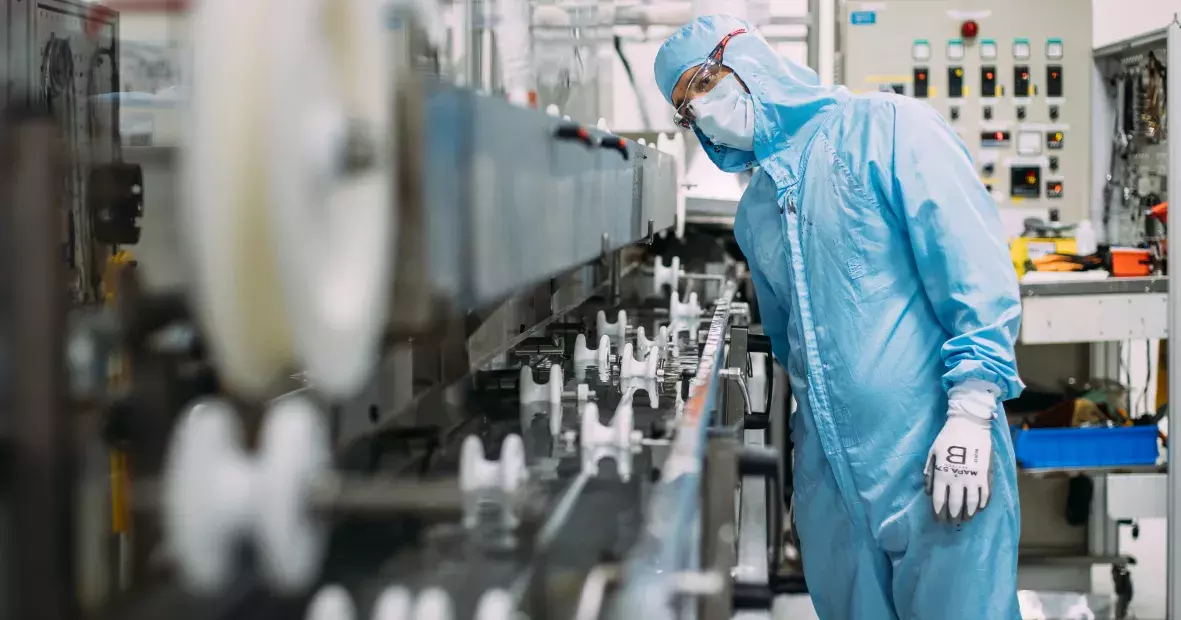
What do Uber, Tesla and Airbnb have in common? These three companies have championed so-called “disruptive” innovation and have successfully transformed their market on the strength of a leading-edge solution or service. They are not the only ones: in the construction sector, we also know how to be disruptive. Take, for example, the introduction of reinforced concrete, 3D-printed building, or the use of dynamic glazing such as Saint-Gobain’s SAGEGLASS®. All these innovations have made their mark and revolutionized usage.
This is why the number of patents filed by a company (more than 450 in Saint-Gobain Group’s case in 2023) is scrutinized so closely: it is a key measure of the company’s health and growth prospects. And yet, if we talk only about disruptive innovation, we are forgetting a whole area of innovation that is just as valuable…
Incremental vs. disruptive innovation: great allies or great enemies?
In their day-to-day processes, large companies also pursue a complementary approach called “incremental” innovation, which seeks to improve existing materials, solutions or services. It is largely inspired by the Kaizen philosophy (from the Japanese “Kai” for change and “Zen” for better) that emerged in Japan at the end of the Second World War, and was quickly adopted in the automotive industry. Firmly believing that significant progress can be achieved through small, incremental improvements, Toyota has even made this principle the cornerstone of its business model.
Electric cars for all? Some barriers remains
In the construction sector, a whole area of innovation also exemplifies this policy of “small steps”. It may have less of a “wow” factor than its disruptive counterpart, but this incremental innovation boasts undeniable benefits. First, it offers the advantage of regularity: “Each step forward in terms of customer experience, and each usage customization, represents progress which, combined, fuels value creation in the company,” says Fabien Lienhart, Deputy to the Chief Innovation Officer at Saint-Gobain.
It is also less risky than disruptive innovation, which raises expectations but often involves significant costs and delays, without any guarantee of a return on investment. Breaking the mold is a gamble.
The challenge is therefore to find a balance by deploying the two types of innovation in parallel. The range of concrete admixtures developed by Chryso, for example, helps to decarbonize concrete by reducing the amount of cement needed to manufacture it. This is a significant step forward for sustainability, thanks to incremental research and development work that ensures the change in use is imperceptible to the person applying it. And yet it does trigger disruption in the market and the ways in which concrete is used, while also bringing new players into the sector.
Sustainable concrete: from gray to “green”
This is also true for Webercol Flex Eco adhesive, a solution that, while traditional, is also innovative in its response to overcoming usage problems experienced by users. “In fact, it is often the customers who prove to be most enthusiastic about incremental innovation! The new version of Webercol Flex Eco achieves a tour de force: improving performance and ease of use while also reducing its environmental footprint,” adds Fabien Lienhart.
Continuous improvement: a how-to guide
So, how can we maintain inventiveness and continuous improvement while also respecting the company’s strategy and human and material capacities? This is where the three horizons model comes in (see inset) – an approach to innovation developed by the McKinsey consultancy, and one that Saint-Gobain has adopted.
